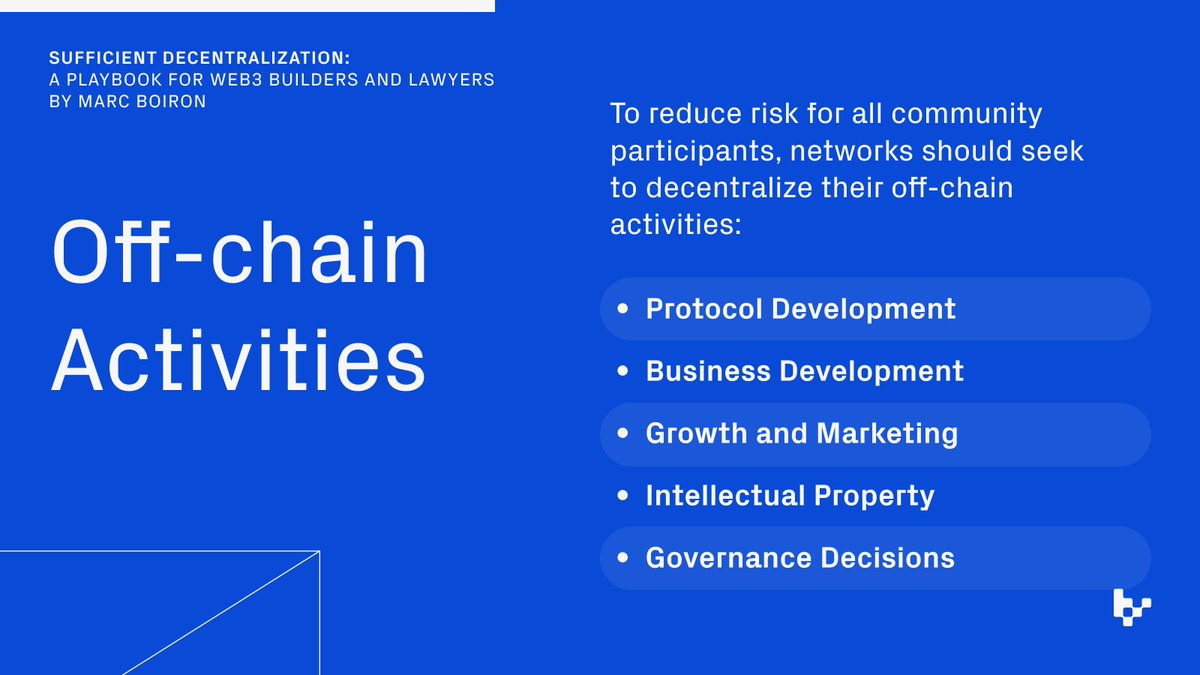My tl;dr (paraphrase) on why @Hyperlane's AVS (via @eigenlayer) is interesting
1/ Hyperlane is focused on enabling the modular expansion of rollups. Rollups can use Hyperlane to permissionlessly connect to other rollups and VMs with fast/cheap bridging. With the addition of the Hyperlane AVS, any rollup, from any framework (e.g. OPStack, Arb, AggLayer, etc) can connect with any other—without needing to source liquidity or validator sets to secure that connection.
Why Hyperlane AVS for this? More below:
1/ Hyperlane is focused on enabling the modular expansion of rollups. Rollups can use Hyperlane to permissionlessly connect to other rollups and VMs with fast/cheap bridging. With the addition of the Hyperlane AVS, any rollup, from any framework (e.g. OPStack, Arb, AggLayer, etc) can connect with any other—without needing to source liquidity or validator sets to secure that connection.
Why Hyperlane AVS for this? More below:
Canonical rollup bridges claim to be super secure (secured by Ethereum L1), but require a 7 day wait.
3rd party bridges improve on speed, but often sacrifice on security and connectivity to other rollups.
3rd party bridges improve on speed, but often sacrifice on security and connectivity to other rollups.
Hyperlane’s modular security architecture allows anyone to deploy a bridge and create a custom validator set (e.g. for example, using a rollup's native token for stake)
Those validators can observe and validate messages on any origin chain/rollup, enabling permissionless connectivity between chains validators observe.
If a validator signs a message not found in the chain’s block history (e.g. in an attempt to steal funds), it is committing fraud, and the message serves as evidence.
Those validators can observe and validate messages on any origin chain/rollup, enabling permissionless connectivity between chains validators observe.
If a validator signs a message not found in the chain’s block history (e.g. in an attempt to steal funds), it is committing fraud, and the message serves as evidence.
But where most systems use a social slashing mechanism to punish evidence of fraud, this slashing message is sent through the validators' own network, to where their stake is held. In other words, the validators act as judge, jury, and executioner.
Hyperlane’s AVS allows fraud evidence to be sent to the shared L1 (Ethereum), where stake on L1 can be slashed in the event of fraud.
In summary, Hyperlane's AVS levels up their approach to feature the best of all worlds for bridging:
- Permissionless: any dev can deploy a bridge between any rollup/chain, from any framework
- Modular: allows for custom security for said deployment (economic, ZK, etc)
- Secure: Hyperlane AVS aims to provide strong security by default, in the form of L1 fraud proofs that slash stake secured by ETH L1
- Permissionless: any dev can deploy a bridge between any rollup/chain, from any framework
- Modular: allows for custom security for said deployment (economic, ZK, etc)
- Secure: Hyperlane AVS aims to provide strong security by default, in the form of L1 fraud proofs that slash stake secured by ETH L1
h/t OP @nosleepjon whom I surgically clipped and cluged this together from.
• • •
Missing some Tweet in this thread? You can try to
force a refresh





